Kitchen towels are not just utilitarian items; they can also be stylish accents in your kitchen. One way to elevate their look and functionality is by adding fabric. In this blog post, we’ll explore the process of adding fabric to kitchen towels and also discuss the best fabrics for the job.
The Best Fabrics for Kitchen Towels
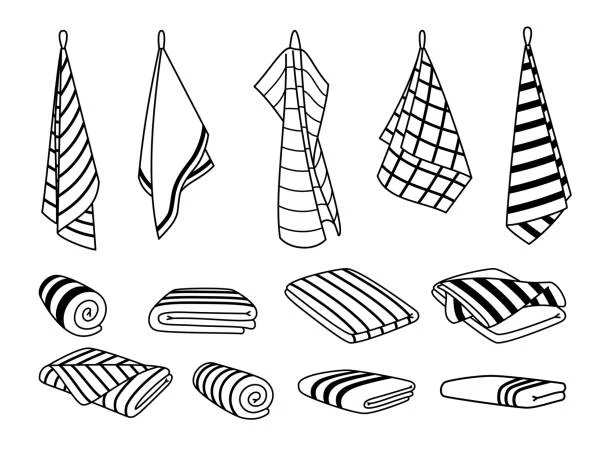
When it comes to choosing fabric for kitchen towels, several options stand out. Cotton is a popular choice Adding fabric to kitchen towels offers numerous benefits that enhance both their practicality and visual appeal.
One of the primary advantages is enhanced absorbency. By incorporating fabrics like thick cotton or terry cloth, the towel can soak up more liquid, making it highly efficient in cleaning up spills and drying wet dishes or hands. This is crucial in a busy kitchen environment where quick and effective moisture removal is essential. In terms of aesthetics, adding fabric provides an opportunity to customize the look of the towel.
Whether it’s a decorative border made from a patterned fabric, a patchwork design in the center, or a contrasting fabric panel, it can transform a plain towel into a stylish accessory that complements the kitchen’s decor. It allows for personalization, enabling you to match the towels to the overall theme of the room, be it a rustic farmhouse style with burlap accents or a modern look with sleek, solid-colored added fabrics.
Moreover, the added fabric can also contribute to the towel’s durability. Stronger and more resilient fabrics can withstand the rigors of frequent use and washing, ensuring that the towel lasts longer. Overall, adding fabric to kitchen towels is a simple yet effective way to elevate their functionality and appearance, making them a valuable asset in any kitchen.
Materials You’ll Need
- The kitchen towel itself. Opt for a plain, solid-colored one if you want the added fabric to really pop.
- The fabric of your choice. Consider the qualities mentioned above when selecting.
- Scissors for cutting the fabric precisely.
- Thread that matches or coordinates well with your fabric.
- A sewing machine or needles if you plan to sew by hand.
- An iron to press the fabric and achieve a neat finish.
Designing Your Fabric Addition
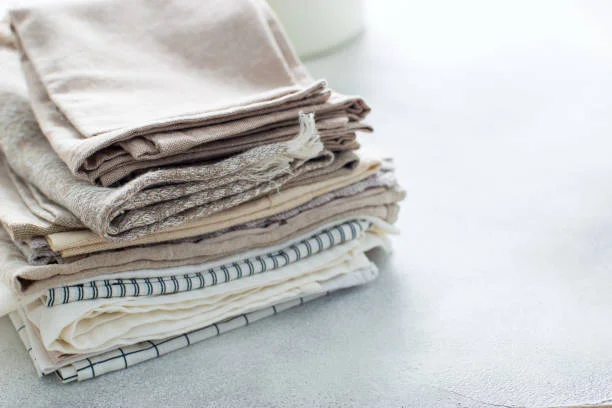
Before you begin the actual process, plan your design. You can add fabric to the edges of your kitchen towel as a border. This can be a simple strip of contrasting fabric or a more elaborate lace or patterned trim.
Another idea is to create a patchwork effect in the center of the towel by adding different fabrics. Think about the overall aesthetic of your kitchen. If it has a modern feel, a sleek, solid-colored fabric may be the best choice. For a farmhouse-style kitchen, consider plaid, florals, or burlap.
How to Add Fabric to Kitchen Towels?
Measuring and Cutting
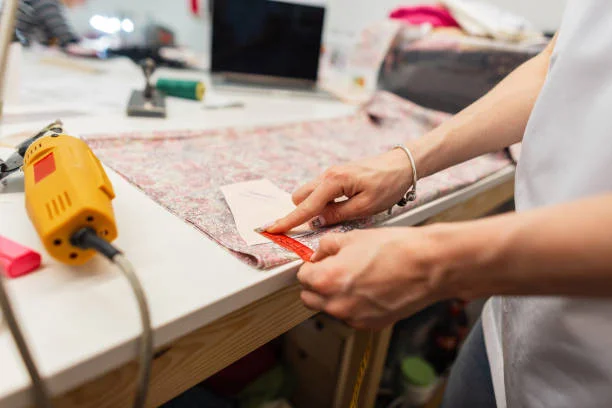
Measure the area where you want to add the fabric. For a border, measure the length of the towel’s sides and cut the fabric strips accordingly, allowing a small seam allowance. If it’s a center patch, cut the fabric piece to the desired size and shape.
Attaching the Fabric
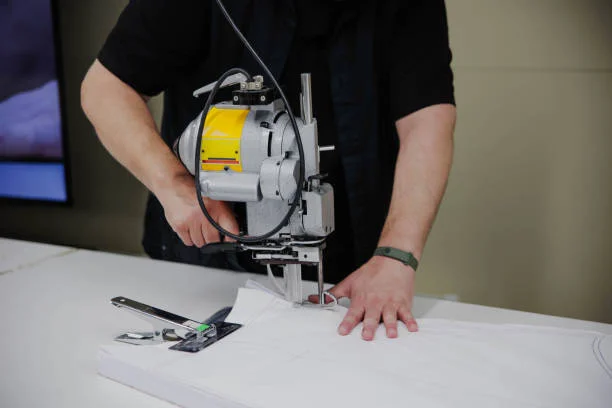
If using a sewing machine, set it to a straight stitch. Place the fabric on the towel in the correct position and sew along the edges, backstitching at the start and end. If sewing by hand, use a running stitch or a whip stitch. For added durability, you can double stitch the seams.
Finishing Touches
Iron the towel to flatten any wrinkles and make the seams look crisp. Trim any loose threads.
Caring for Your New Fabric-Enhanced Kitchen Towels
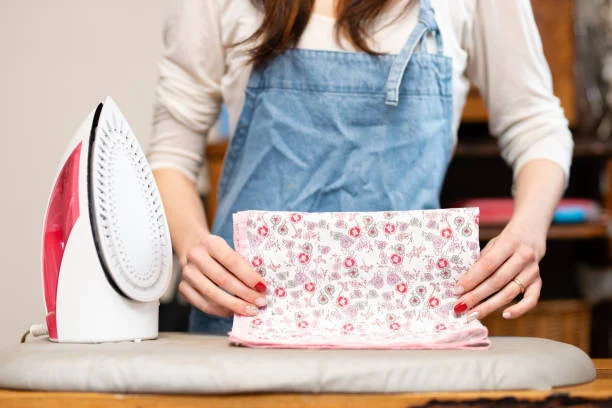
After adding fabric, it’s important to know how to care for them. Wash the towels according to the care instructions of both the original towel and the added fabric. Most cotton and linen fabrics can be machine washed, but avoid using harsh detergents or high heat in the dryer as it can damage the fabric or cause colors to fade.
Tip 1: Wash with Care
Can I use fabric softener on towels? Using fabric softener on towels is a bit of a double-edged sword. On one hand, it can make towels feel softer and smell nice. However, it’s not always the best choice. Fabric softener leaves a residue on the towel fibers. This residue can reduce the absorbency of towels over time, as it creates a coating that repels water rather than allowing it to be soaked up.
If you want your towels to be highly absorbent for drying hands and dishes effectively, it’s advisable to avoid using fabric softener. But if you prioritize a soft, smooth feel and don’t mind sacrificing some absorbency, you can use it sparingly.
Tip 2: Drying Methods Matter
Proper drying is essential for maintaining the quality of your towels. If possible, air dry them. Hang them in a well-ventilated area, preferably in the sun for natural bleaching and freshness. However, if you need to use a dryer, set it to a low or medium heat setting. High heat can cause shrinkage, especially with cotton and linen fabrics. Remove the towels promptly from the dryer to prevent wrinkling. If you’ve added embellishments like buttons or embroidery, be extra cautious as they could get damaged in the dryer.
Tip 3: Storage and Maintenance
Store your fabric-enhanced kitchen towels in a clean, dry place. Avoid folding them when they’re still damp as this could lead to mildew growth. You can roll them up or stack them neatly. Periodically check for any loose threads or signs of wear and tear. If you notice a small tear or a loose seam, repair it promptly to prevent further damage. Additionally, you can give the towels a gentle ironing on a low heat setting to keep them looking crisp and presentable, especially if you have guests coming over.
Conclusion
Adding fabric to kitchen towels is a wonderful DIY project that allows you to customize your kitchen linens. By choosing the right fabric and following the steps carefully, you can create beautiful and functional kitchen towels that will enhance the look of your kitchen. So, experiment with different fabrics and designs and enjoy the process of making your kitchen towels truly unique.
Contact us for more information.
